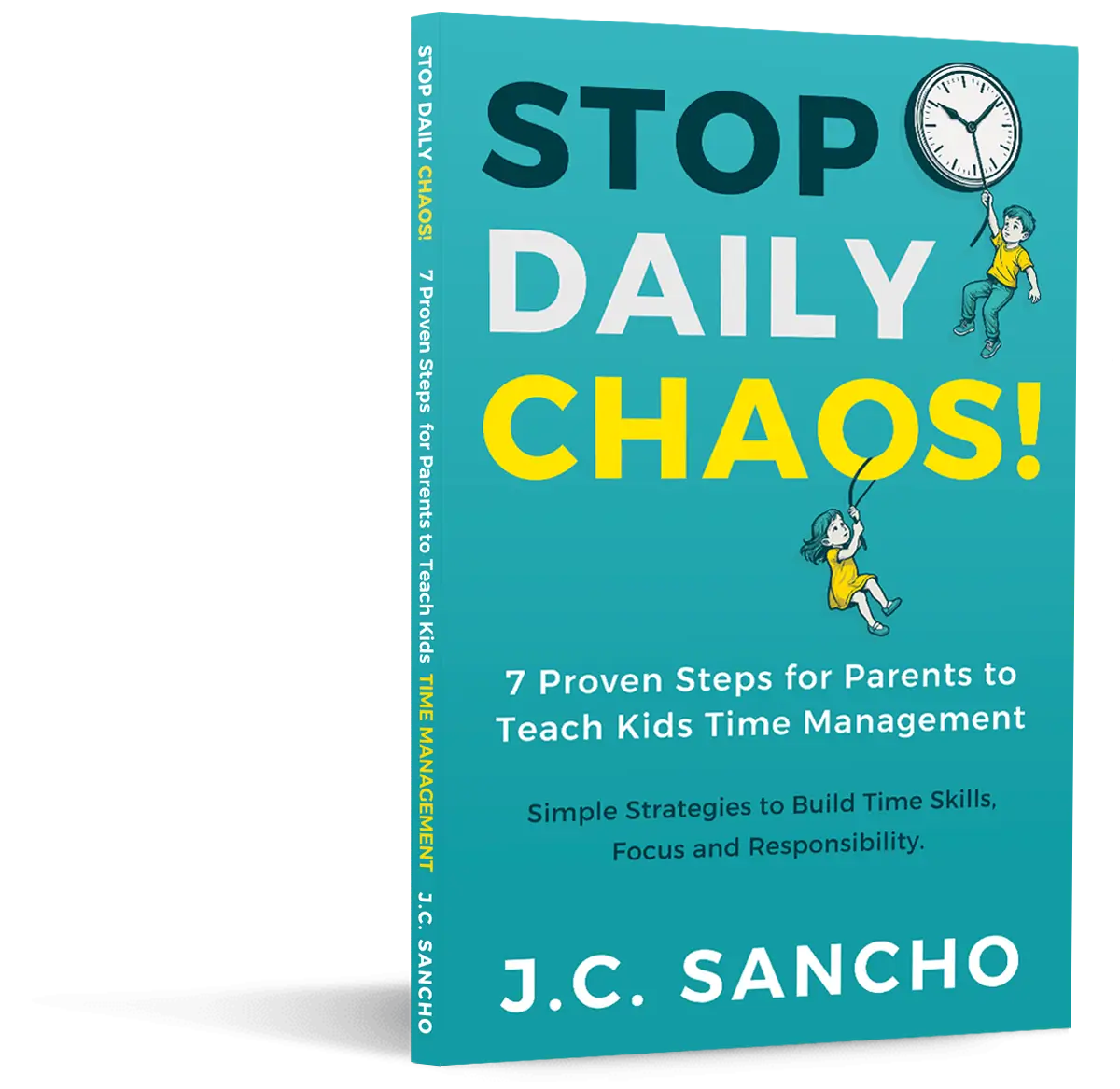Parents walk a delicate line when teaching children how to navigate the world safely. You want your child to trust their instincts, recognize unsafe situations, and know how to respond—but you also want them to move through life with confidence rather than fear. “Stranger danger” messaging of the past created anxiety without giving children the tools they needed. Today’s safer, healthier approach focuses on awareness, empowerment, communication, and boundaries.
Teaching stranger safety is not about warning children that the world is dangerous. It is about equipping them with practical skills that help them stay safe when they encounter unfamiliar people or confusing situations. When done well, these lessons strengthen confidence, communication, and independence.
What Stranger Safety Education Really Means
Stranger safety education helps children understand:
• How to recognize unsafe behavior
• How to identify trusted adults
• How to respond when something feels wrong
• How to trust their instincts
• How to communicate concerns immediately
This approach shifts children away from obsessing about who counts as a “stranger.” Instead, it focuses on recognizing actions and situations—not appearances.
This matters because:
• Many unsafe situations involve familiar adults, not complete strangers
• Children need practical, realistic strategies
• Fear-based messages undermine confidence
• Awareness empowers kids to take action
Stranger safety grows from connection, knowledge, and practice—not fear.
Practical Strategies for Teaching Stranger Safety Without Creating Fear
The following techniques support awareness, confidence, and open communication while avoiding fear-based messaging.
Define “Stranger” Clearly and Realistically
Children often imagine strangers as mysterious figures or unfamiliar faces in public places. The definition must expand beyond this.
Explain that:
• A stranger is anyone they don’t know well
• Some strangers can be helpful (police officers, store employees, teachers)
• Safety depends on behavior, not appearance
Use simple language:
“A stranger is someone you don’t know well. Some strangers help us. Some strangers are not safe. You can tell the difference by how they act.”
This framing reduces fear and strengthens clarity.
Teach the Concept of “Safe Adults”
Children need to know exactly who they can turn to for help. Safe adults vary by family, but examples include:
• Parents and guardians
• Grandparents
• Teachers
• Coaches
• Close family friends
• Babysitters
• School staff
Create a “safe adult list” with your child. Review it regularly. This list helps them grasp who to approach in emergencies.
Explain “Tricky Behavior,” Not “Bad People”
Children understand behaviors better than labels. “Bad person” is abstract. “Tricky behavior” is concrete.
Teach them to watch for actions such as:
• Asking them to keep secrets
• Requesting help without an adult present
• Offering gifts or candy
• Trying to take them somewhere
• Touching without permission
• Making them feel confused or uncomfortable
Children respond more confidently when they understand that unsafe behavior—not identity—matters.
Encourage Open, Ongoing Communication
Safety requires trust. Children must feel free to share experiences, concerns, and questions without fear of punishment or judgment.
Build communication through:
• Daily check-ins
• Calm responses when children express worry
• Encouraging them to describe uncomfortable feelings
• Thanking them for coming to you
A strong communication pattern becomes a lifelong safety net.
Teach Clear, Simple Safety Rules
Children need straightforward rules they can remember during stressful moments.
Core safety rules include:
• Do not go anywhere with someone unless a parent or safe adult says it’s okay
• Do not keep secrets that make you feel uneasy
• Trust your feelings—leave if something feels wrong
• Yell “Stop!” or “Help!” if someone tries to take you somewhere
• Run to a safe adult immediately
Repetition strengthens confidence.
Practice Realistic Scenarios
Role-playing helps children apply skills in real situations. Keep tone calm and matter-of-fact.
Examples include:
• “What would you do if someone asked you to help them look for a lost pet?”
• “What if someone offered you a gift and said not to tell me?”
• “Who would you go to for help if we got separated in a store?”
Role-play builds automatic responses without fear.
Reinforce Body Autonomy from an Early Age
Body autonomy strengthens a child’s ability to recognize and respond to unsafe behavior.
Teach your child:
• They control who touches their body
• They do not owe anyone hugs, kisses, or physical affection
• They can always say “no”
• They should tell a safe adult about any touch that feels wrong
Body autonomy empowers children to speak up and seek help.
Common Roadblocks—And How to Move Through Them
Teaching safety is not always straightforward. These challenges are normal and manageable.
Fear-Based Reactions
Some children internalize lessons as fear. If this happens:
• Reinforce that most people are kind
• Focus on their ability to stay safe
• Repeat safety skills with calm, positive tone
• Emphasize that they are supported and protected
Safety lessons should build strength, not anxiety.
Overconfidence
Some children believe they are immune to risk. They may say:
“I’d never fall for that.”
“I’m not scared of strangers.”
Balance confidence with realistic guidance:
• “You’re smart and capable, and we practice safety so you stay protected.”
This phrasing avoids shame while promoting awareness.
Difficulty Identifying Safe Adults
Children sometimes mix up safe adults with acquaintances. Clarity grows through repetition, visual lists, and consistent use of examples.
Review safe adults often:
• “Who could you ask for help at the playground?”
• “Who is safe at school?”
• “Who helps keep you protected at home?”
Repetition strengthens memory and confidence.
Deepening Safety Skills: Building Mindset, Awareness, and Long-Term Habits
Stranger safety is more than a conversation—it is a lifelong mindset built through daily habits.
Teach Kids to Trust Their Instincts
If something feels wrong, they should act immediately—even if they don’t know why. Children often sense danger before they can articulate it.
Tell them:
“Your feelings matter. If something feels wrong, you get to leave and find a safe adult.”
Emphasize Problem-Solving Skills
Teach children to:
• Identify exits
• Stay with trusted adults in public
• Seek help from store employees or uniformed workers
• Call a parent if separated
These skills empower independence.
Keep Communication Open as They Grow
Safety conversations evolve through early childhood, middle childhood, and adolescence. Regular check-ins normalize discussion and reduce stigma around sensitive topics.
Short, frequent reminders work better than rare, overwhelming talks.
Parent Questions Answered
How often should I talk about stranger safety?
Use frequent, brief conversations. Regular reminders keep skills active without overwhelming your child.
What if my child becomes scared after these discussions?
Reassure them that dangerous situations are rare. Emphasize skills, safe adults, and the support system around them.
Should toddlers learn about stranger safety?
Teach simple concepts such as staying close to caregivers, identifying safe adults, and using clear, strong “no” statements.
How do I explain safety without portraying the world as dangerous?
Focus on actions: “Here’s what you can do to stay safe.”
Avoid labels like “bad people.”
Highlight supportive adults and strong skills.
The Long-Term Goal: Awareness, Confidence, and Trust
Stranger safety is not about avoiding all strangers. It is about recognizing unsafe behavior, trusting instincts, and knowing how to respond. When taught with care, safety skills build independence and confidence instead of fear.
Your guidance shapes their awareness. Your calm presence reinforces their trust. And every conversation creates a foundation for lifelong safety and strength.
Further Reading
• American Academy of Pediatrics – Teaching Children About Safety
https://www.aap.org
• Mayo Clinic – Child Safety Resources
https://www.mayoclinic.org
• Child Mind Institute – How to Talk to Kids About Strangers
https://childmind.org



